10 Biggest Predatory Dinosaurs In The World
Description
10 Biggest Predatory Dinosaurs In The World
If you're new, Subscribe! → http://goo.gl/djmfuX
For copyright queries or general inquiries please get in touch: [email protected]
Sources: https://pastebin.com/EdnJdhmX
Top 5 Best is the #1 place for all your heart warming stories about amazing people that will inspire you everyday. Make sure to subscribe and never miss a single video!
#viralstory #amazingpeople #top5best
10 Biggest Predatory Dinosaurs In The World
Ranking the “biggest” of anything is a bit tricky. Do we quantify them by size or by weight? Why not do
both? And that’s exactly what we did for today’s video.
Today we’ll be ranking the biggest ever predatory dinosaurs to have ever walked the earth. We based
this ranking on the latest paleontological data published as of 2020, so you this video might hold a few
surprises for you. In fact, you might have not even heard of some of the entries on today’s list.
So, let’s get the ball rolling and let’s rank the top 10 biggest predatory dinosaurs in history.
Number 10. Suciasaurus rex 35.76ft 4.9tons
Suciasaurus rex was discovered back in 2012 at the Sucia Island State Park in San Juan County of
Washington state, making it the first ever dinosaur fossil found in the state’s history.
Aside from a few bone fragments, not much is known about this giant therapod, but based on the
measurements of the bones taken by paleontologists, it may be the smallest and lightest on today’s list,
but it was not small by any means.
Measuring just shy of 36 feet and weighing a little under 5 tons, it was definitely still enough to take
down fairly large prey. In 2019, the Washington state legislature introduced a bill that would make the
Suciasaurus rex the state’s official dinosaur.
Number 9. Bahariasaurus 40.03ft 4.6tons
This African therapod was one of the largest during its time in late Cretaceous Africa. Paleontologists
estimate the size of this predator to be around 40 feet on average and could weigh up to 4.6 tons.
Again, no complete skeleton of this type of dinosaur has ever been found. The first fossils were
described by Ernst Stromer in 1934, but it is believed that those same fossils were destroyed in an Allied
bombing raid during World War II.
No other fossils of Bahariasaurus has ever been found, but it is widely accepted to be a unique species
of dinosaur, unrelated to its larger, more famous counterparts such as the Spinosaurus. Let’s just hope
that more fossils can be found so we can find out more about this magnificent beast.
Number 8. Acrocanthosaurus atokensis 37.73ft 5.8tons
Shorter but significantly heavier than the Bahariasaurus was Acrocanthosaurus. It was a large carnosaur
theropod dinosaur that had a large head, many sharp teeth, strong arms, powerful back legs, and a long
slender tail that it used to balance its body when it ran.
It lived around 112 million years ago during the early Cretaceous, alongside the small raptor
Deinonychus, and some small ankylosaurs. At just under 38 feet and weighing approximately 5.8 tons, it
was large and heavy enough to hunt and prey on large sauropods.
Acrocanthosaurus had one feature that made it look quite unique from other theropods; the tall "sail"
along its neck, back, and tail. The sail was formed by very tall spines on the bones of the spine. Some of
these spines were over a foot tall, which although are quite large, they are nowhere near the sail of the
Spinosaurus.
The fossils of this creature were discovered in 1950 by a team of scientists, led by paleontologists J.
Willis Stovall and Wann Langston, Jr in Oklahoma. It has also been found in several states along the
western half of America, including Oklahoma, Texas, Wyoming, Arizona, and even as far east as
Maryland, which suggests that Acrocanthosaurus was a very successful predator.
Number 7. Tyrannotitan chubutensis 38.06ft 6.4tons
In terms of discovery, Tyrannotitan chubutensis is one of the youngest prehistoric predators on our list,
only being discovered back in 2005 at the La Juanita Farm in Argentina. Only part of the teeth, jaw,
spine, pelvis and legs were, which means how the animal exactly looked like remains a mystery. Despite
that, this monstrously large theropod has proved to be a well of information on the evolution of later
carcharodontosaurids, and how they started to become a bit more tyrannosaurid-like in anatomy.
Scientists speculate that it could grow to just under 40 feet long and weight over 6 tons. Its teeth were
thicker than those of its carcharodontosaurid relatives. In fact, they were somewhat similar to those
seen in tyrannosaurid dinosaurs, and even had short arms like they did.

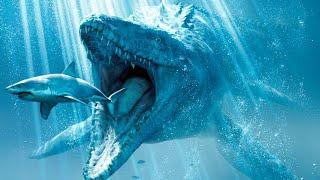


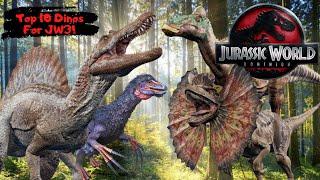
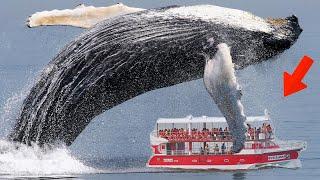

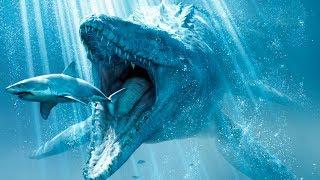
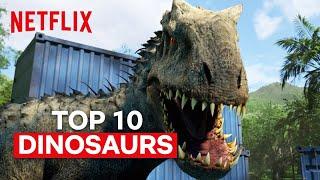


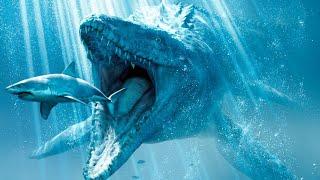
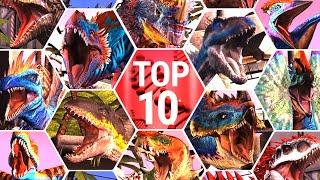
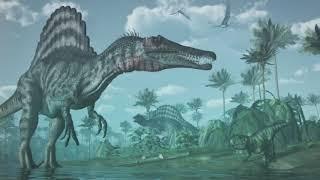

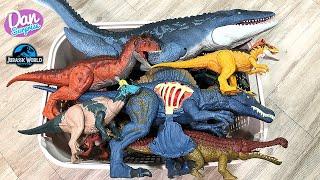





Comments